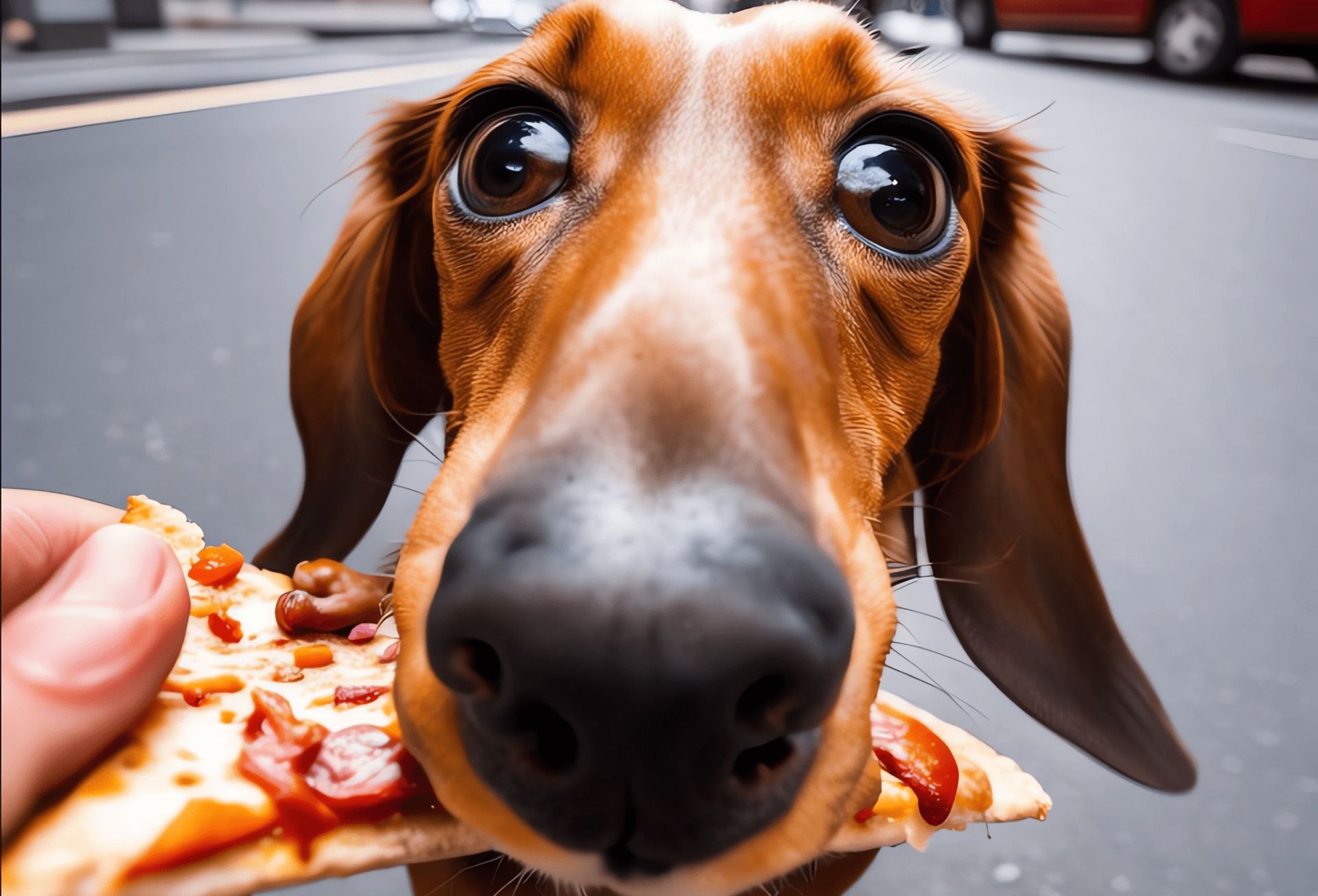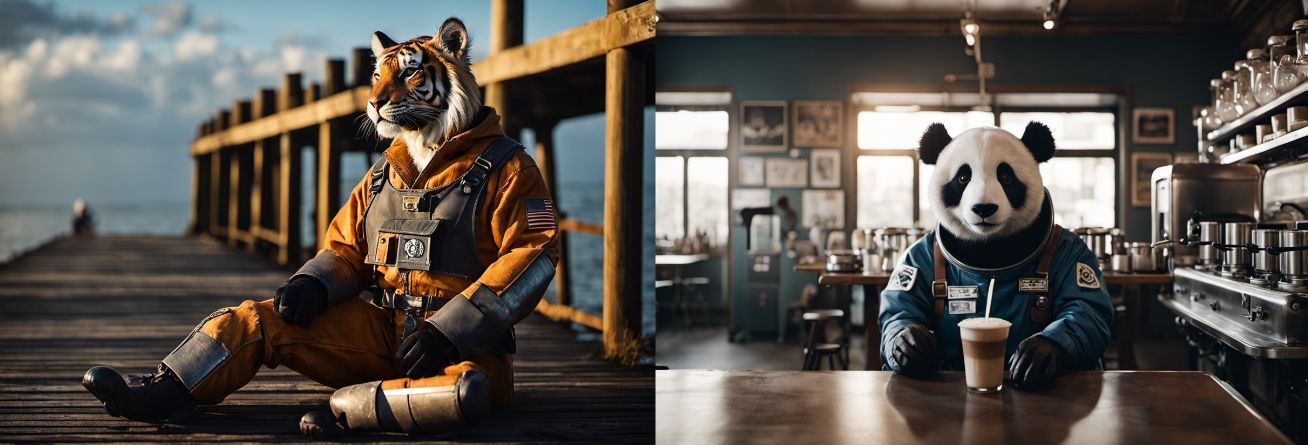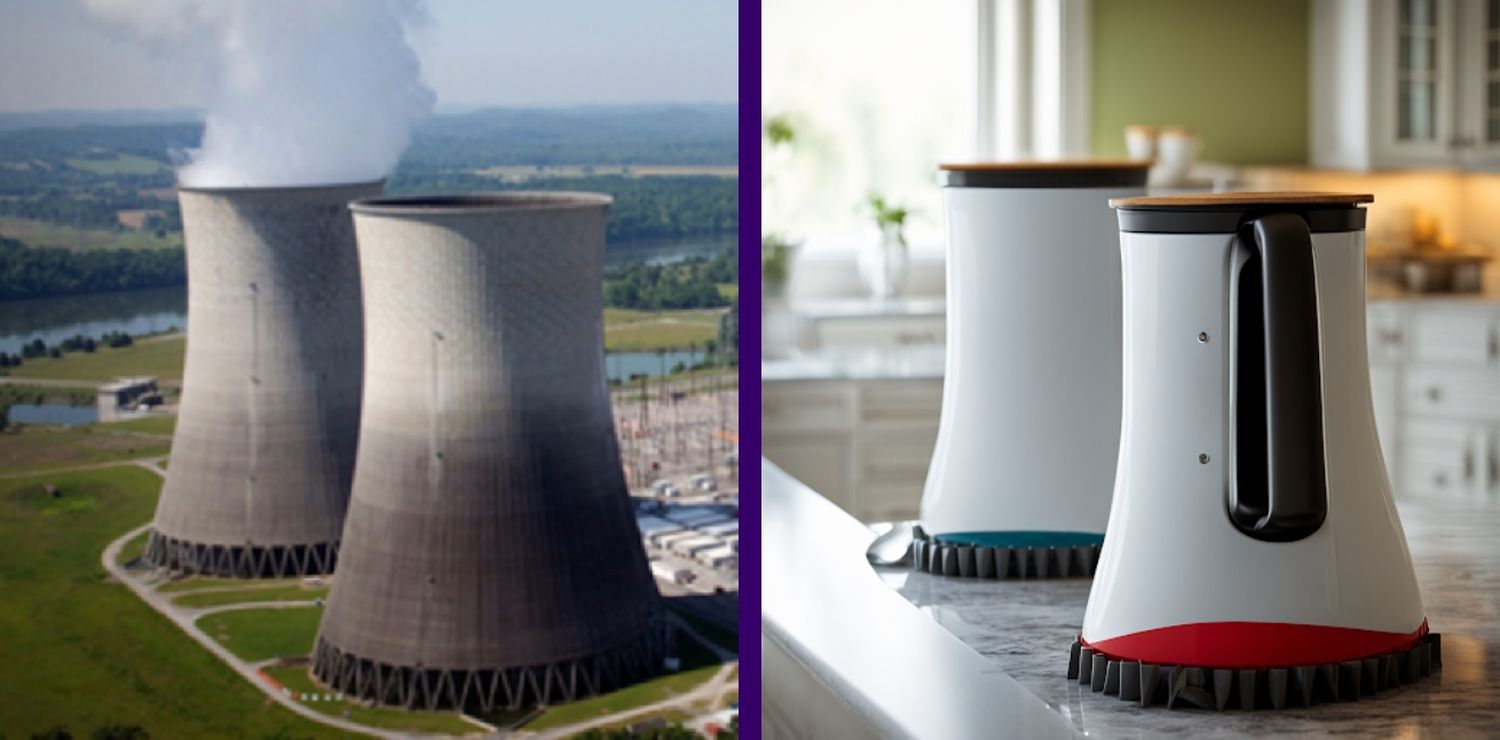Stability AI unveiled SDXL 1.0, the most sophisticated iteration of its primary text-to-image algorithm. It generates graphics with a greater resolution than the 0.9 version, uses less processing power, and requires fewer text questions. With Stable Diffusion XL 1.0, it is now more practical and effective than ever!
Like ChatGPT, artificial intelligence tools don’t just produce text. They can now create different types of media, like music, films, and pictures. With the help of the AI application Stable Diffusion, anyone may create almost any image. Upgrades will significantly enhance the use of SD and comparable tools, which are already widely used.
“SDXL generates images of high quality in virtually any art style and is the best open model for photorealism. Distinct images can be prompted without having any particular ‘feel’ imparted by the model, ensuring absolute freedom of style. SDXL 1.0 is particularly well-tuned for vibrant and accurate colors, with better contrast, lighting, and shadows than its predecessor, all in native 1024×1024 resolution,” the company said in its announcement.

How to use SDXL 1.0
The Stability AI API, GitHub page, and its Clipdrop and DreamStudio consumer products all provide access to the model. Additionally, it may be found on Amazon SageMaker JumpStart, an ML hub with access to ML solutions, models, and algorithms.
The research-only SDXL 0.9 release was followed by SDXL 1.0 in July. According to the business, the model has been modified to create colors that are more accurate and brilliant, as well as better contrast, lighting, and shadows. Additionally, the imaging procedure has been optimized to produce full 1-megapixel resolution photographs (1024×1024) in various aspect ratios more quickly.
Below you will find some of the links to begin using Sstable Diffusion XL 1.0. Here is how to get started with SDXL 1.0:

What is new with SDXL 1.0?
With the use of a brand-new fine-tuning beta function, customers may now specialize in the generation of particular individuals or goods by utilizing as few as five photographs. This tool employs a limited group of images to fine-tune SDXL 1.0.
With a 6.6B parameter model ensemble pipeline and a 3.5B parameter base model, SDXL 1.0 is one of the most potent open-access image models currently available. Utilizing Clipdrop from Stability.ai, you may test out the model without cost.
SDXL 0.9 is here to change the game
A pipeline made up of a variety of experts makes up the complete model for latent diffusion: The base model creates (noisy) patients in the first phase, which are then processed further by a refinement model designed specifically for the last denoising steps. Keep in mind that the base model can be utilized separately as a module.

This two-stage architecture enables the resilience of image production without sacrificing speed or demanding excessive compute resources. On consumer GPUs with 8GB VRAM or widely available cloud instances, SDXL 1.0 should function well.
“With SDXL 1.0, fine-tuning the model to custom data is easier than ever. Custom LoRAs or checkpoints can be generated with less need for data wrangling. The Stability AI team is building the next generation of task-specific structure, style, and composition controls, with T2I / ControlNet specialized for SDXL. These features are currently in beta preview but stay tuned for updates on fine-tuning,” Stability AI said in the announcement blog post.
Stability AI reveals Stable Doodle: Sketch to HD
Due to its open-source nature, SDXL has even more features and possibilities than Midjourney, however, it is a little more challenging to use if you want to take full benefit. In terms of quality, SDXL is perhaps the only commercially available image model that comes close to Midjourney’s level of quality.
Featured image credit: Stability AI





